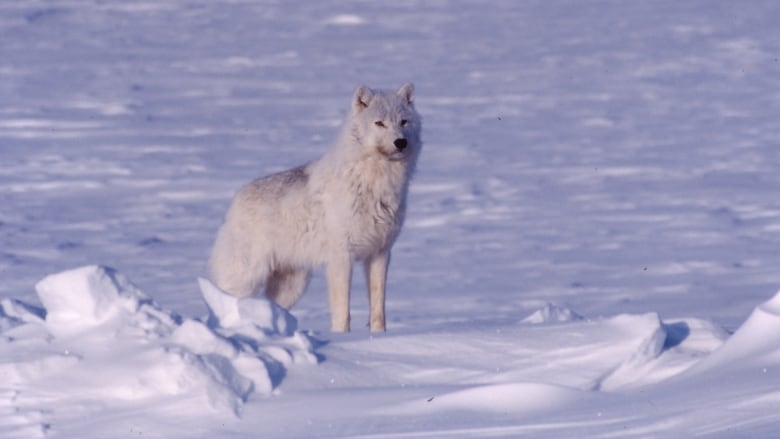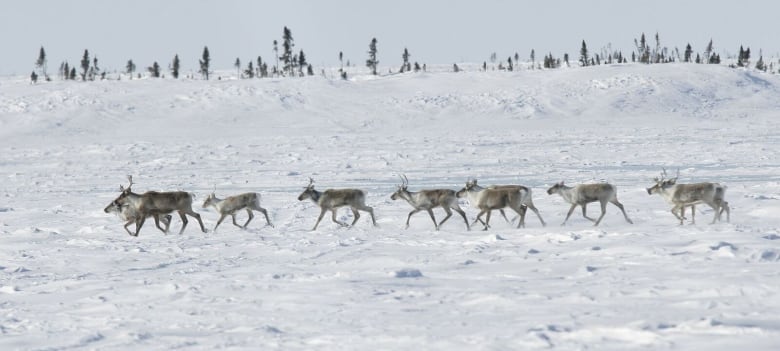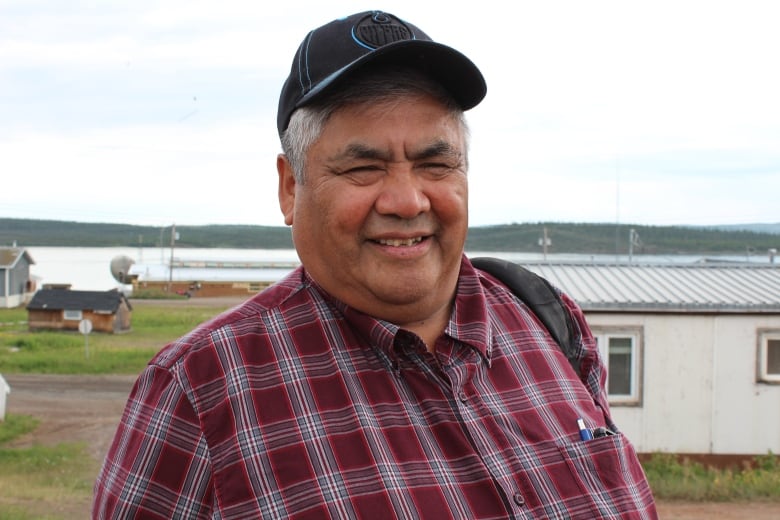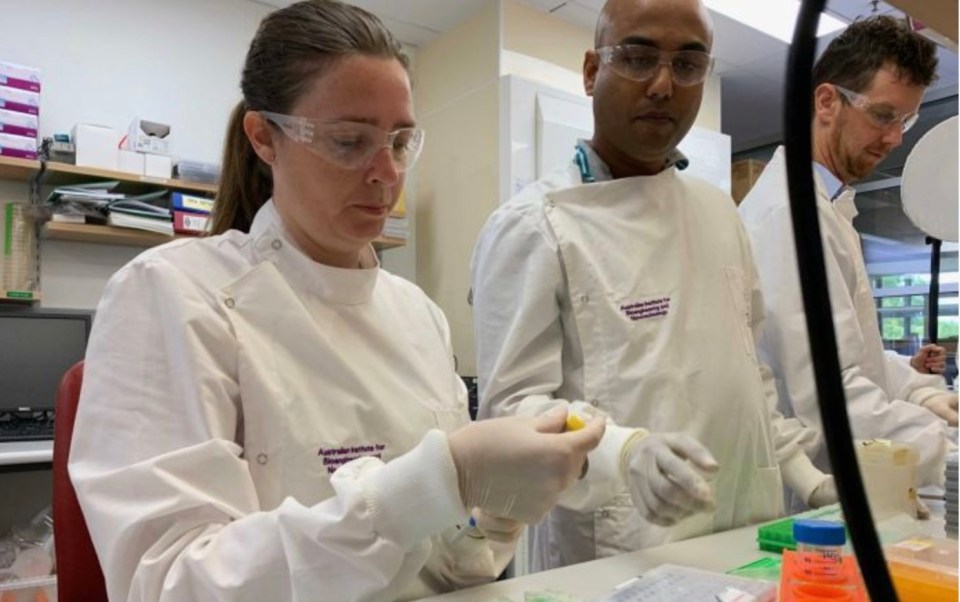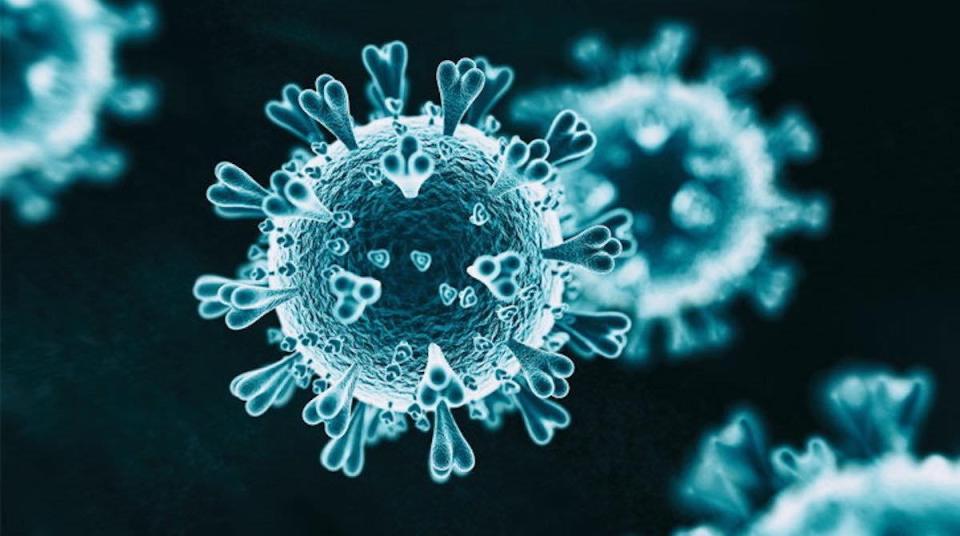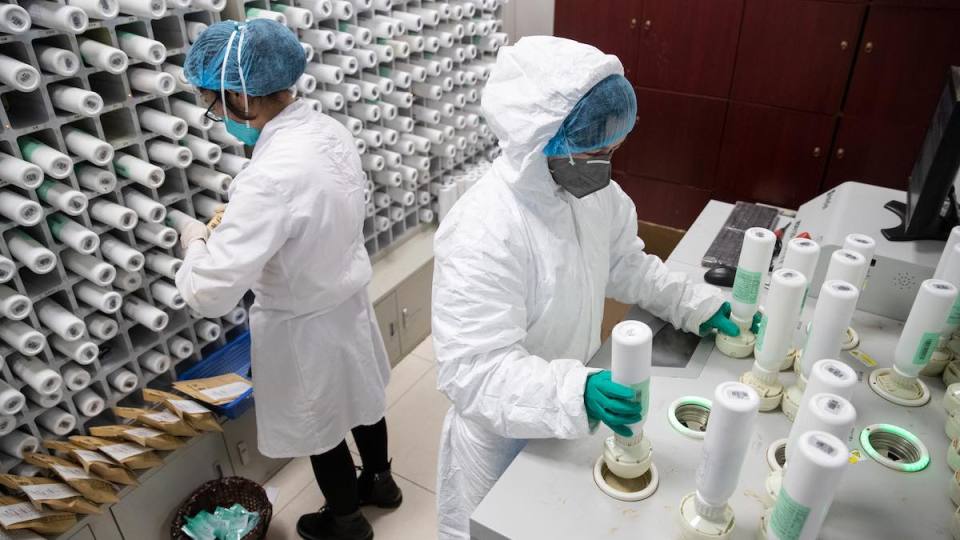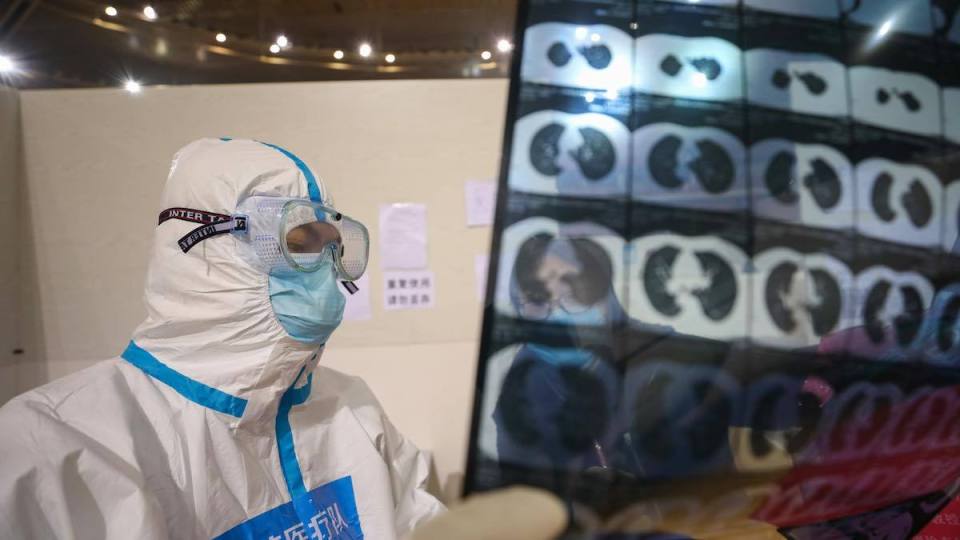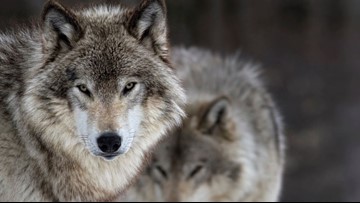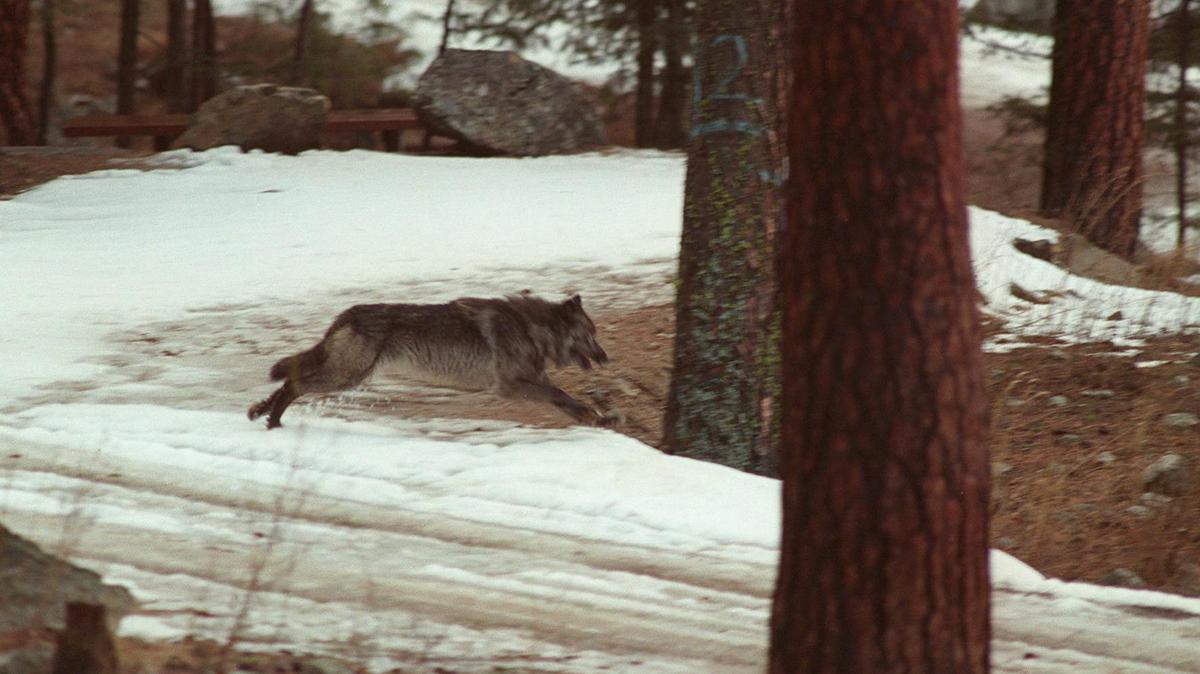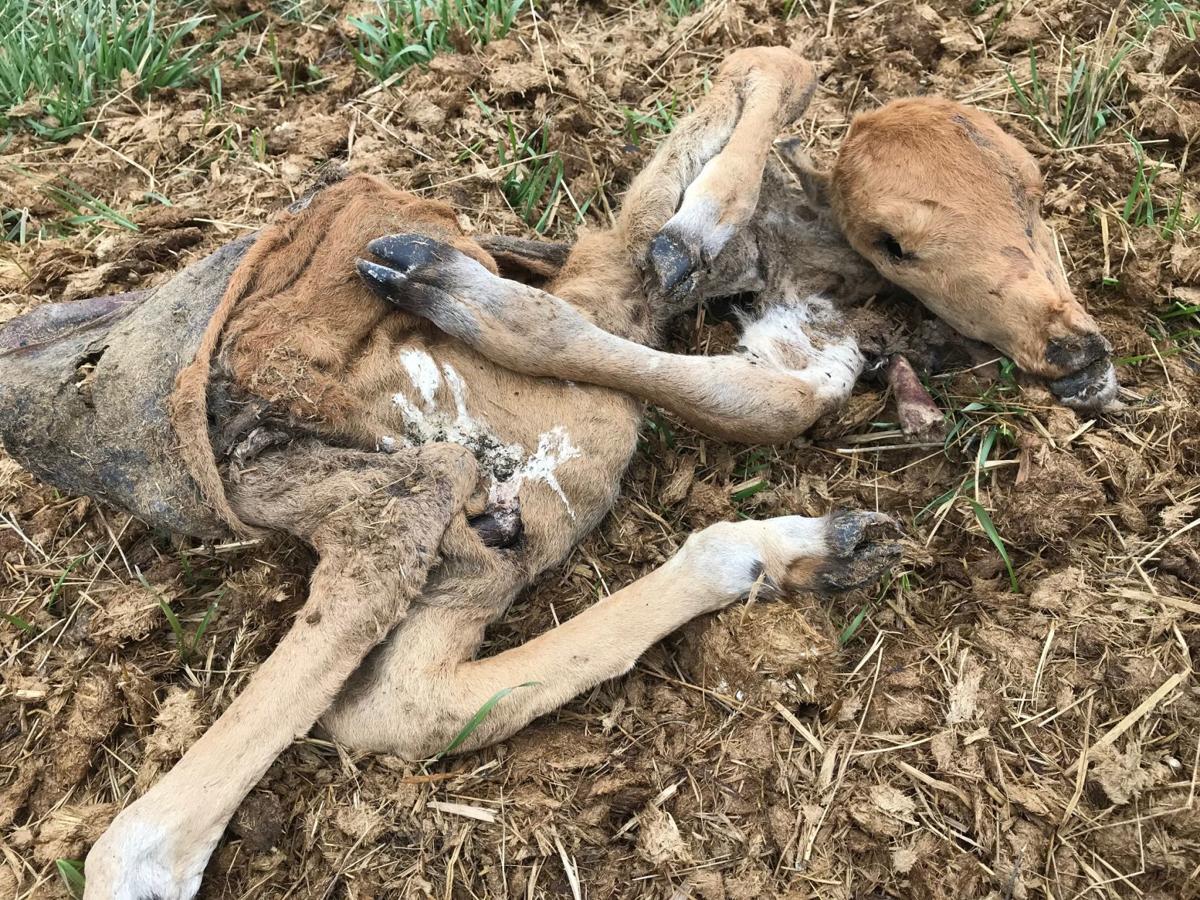
All the more reason Our National Parks need our proposed "Sacred Resource Protection Zone"
The Image is what happens to Red Dogs when a Hunter is allowed to kill Buffalo. Their Offspring also dies a slow death by starvation! Totally DISGUSTING YES!!
We do not have enough Buffalo left to even allow Tribes to shoot them like shooting a Cow in a stall.....
With the season nearing its end, tribal hunters have killed more than 200 Yellowstone National Park bison this winter with another 267 shipped to slaughter,
The goal for this season was to remove 600 to 900 bison. Lawsuits filed last year to halt the bison hunts were unsuccessful.
The hunters from seven tribal nations killed twice as many bison as they did during 2019’s hunt. State hunters, who acquire licenses through a lottery conducted by Montana Fish, Wildlife and Parks, killed four bison this season, all adult males.
The meat from bison sent to slaughter is shared between tribes that have agreements with the Interagency Bison Management Plan cooperators — a consortium of tribes, federal and state officials.
In addition to the hunting, the Park Service had so far removed 87 bison for its quarantine program, shy of a planned capture of about 110 bison. Bison that pass the initial phases of quarantine — showing no signs of exposure to the disease brucellosis — can be shipped to the Fort Peck Reservation’s corrals for final confinement and testing. Once that protocol is successfully completed the animals would be available for transfer to other tribal bison herds.
Lawsuit
In an attempt to stop the continued slaughter of Yellowstone bison, three conservation groups filed a complaint on Monday asking a U.S. District Court judge in Washington, D.C., to reconsider the U.S. Fish and Wildlife Service’s 2019 denial of a petition to protect the bison under the Endangered Species Act. The groups filing the complaint are Buffalo Field Campaign, Friends of Animals, and Western Watersheds Project.
The conservation alliance argues that the culling and killing of bison has endangered the herd by removing family groups and threatening distinct genetic subpopulations. Continuing to lower the park’s bison population could cause inbreeding or the loss of specific genetic adaptations, they argue.
Bison
As of last fall Yellowstone was home to more than 4,800 bison divided into two herds: the larger (3,600) Northern Range herd and the smaller (1,100) Central herd. The bison are one of the last remaining genetically pure bison populations in the United States.
Yet under a compact between the state of Montana and the National Park Service it was agreed Yellowstone’s bison herds should be reduced to lessen migrations outside the park boundary — hence the capture, slaughter and quarantine programs.
In the past six years park officials have removed more than 4,700 bison from the park, according to Yellowstone's fall bison status report.
That includes 1,233 calves and nearly 800 adolescents (12 to 16 months). The idea behind removing removing large numbers of calves and adolescents is to reduce the number of animals reaching reproductive maturity, the agency stated.
In that same time frame, Yellowstone has also removed more than 1,733 adult females and 1,005 adult males.
Disease
The park’s bison are carriers of brucellosis, which can cause pregnant cattle to abort. Elk also carry brucellosis and roam freely in the Greater Yellowstone Area.
Ranchers surrounding the park vaccinate their livestock against the disease.
Instead of slaughtering elk to reduce their populations, ranchers and the state of Montana attempt to keep elk and cattle separated when the threat of disease transmission is greatest — when elk calve in the spring. The birthing materials are believed to be the main source of brucellosis transmission.
Source: More than 460 Yellowstone bison killed so far this season | Outdoors | billingsgazette.com Endangered Species List, Oppose Welfare Ranching not Wolves, Protect The Wolves #EndangeredSpeciesList #OpposeWelfareRanchingNotWolves #ProtectTheWolves https://protectthewolves.com/more-than-460-yellowstone-bison-killed-so-far-this-season/

